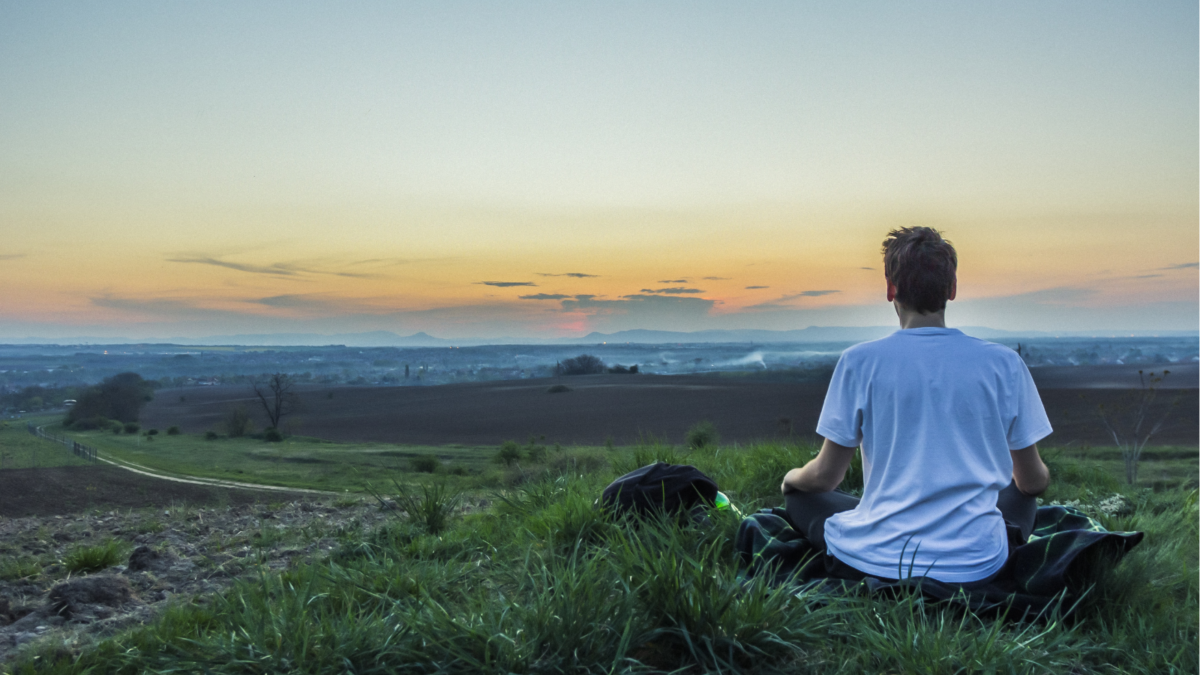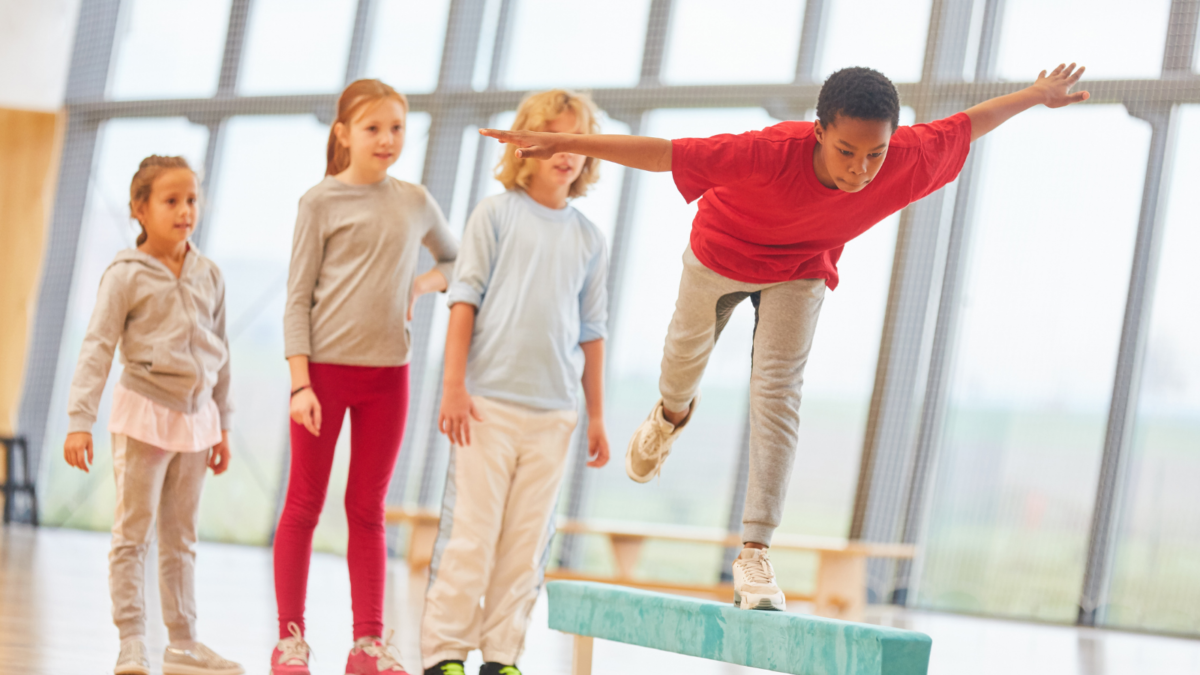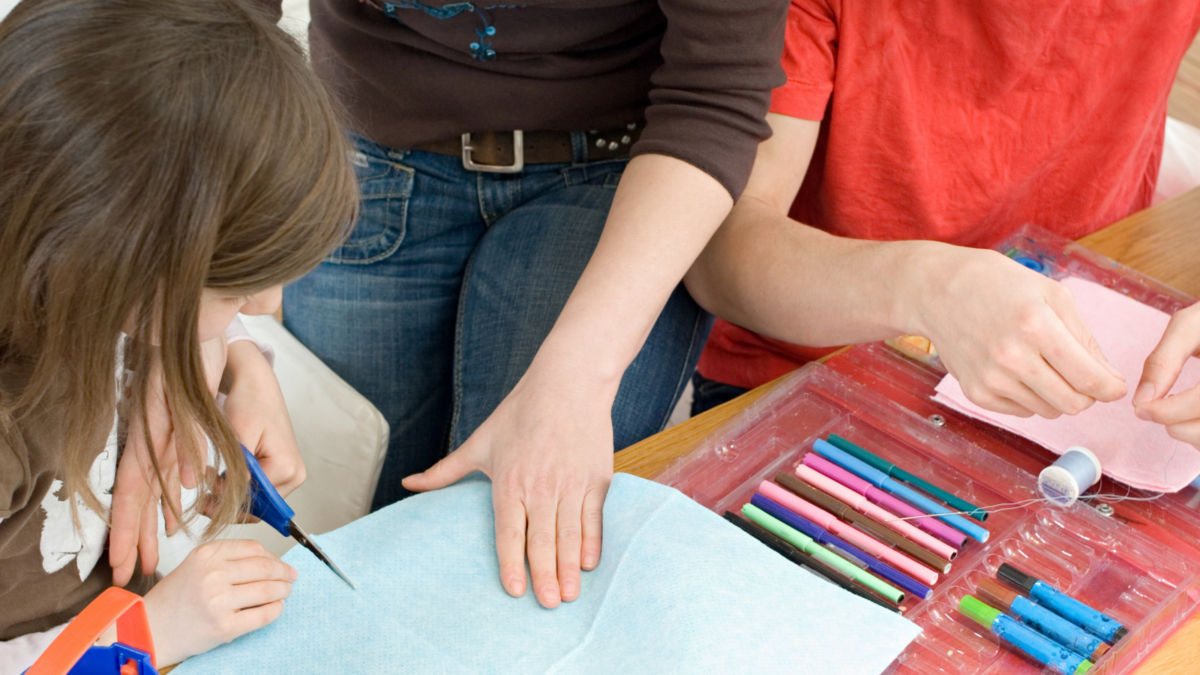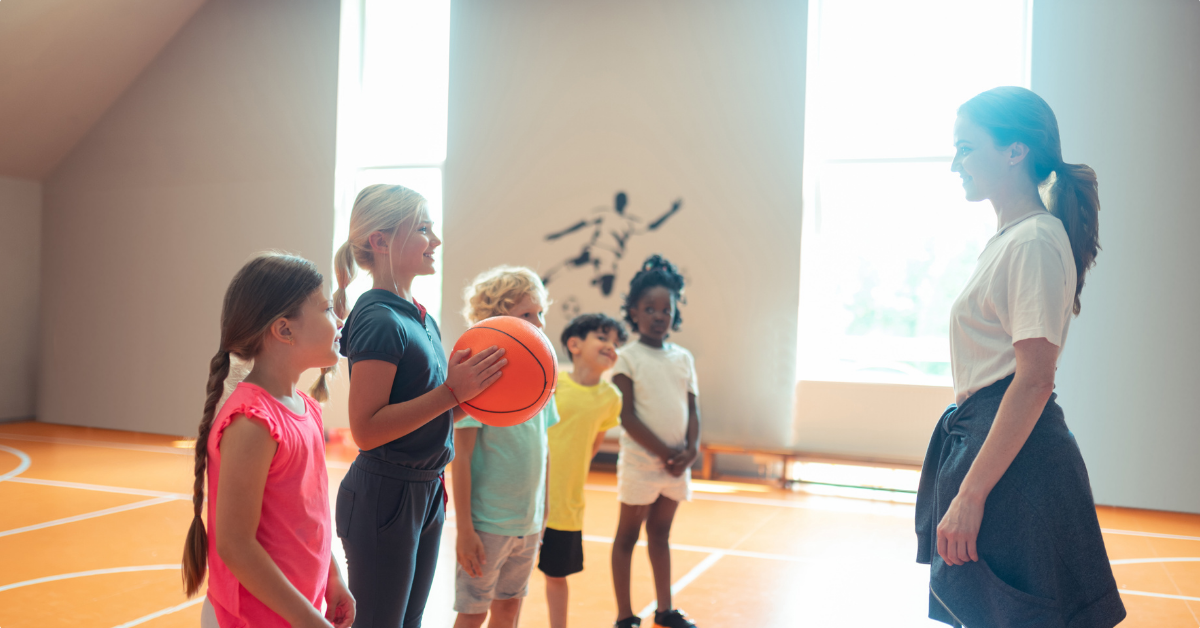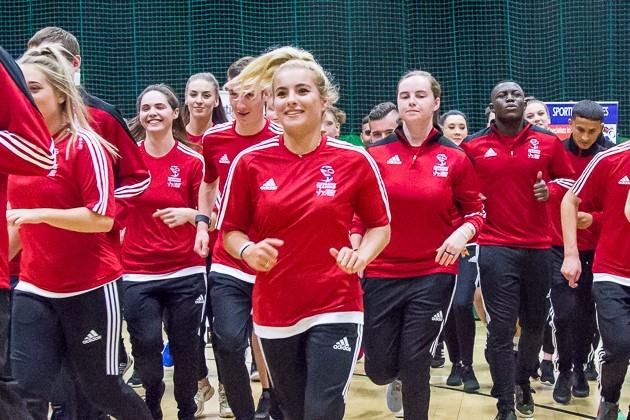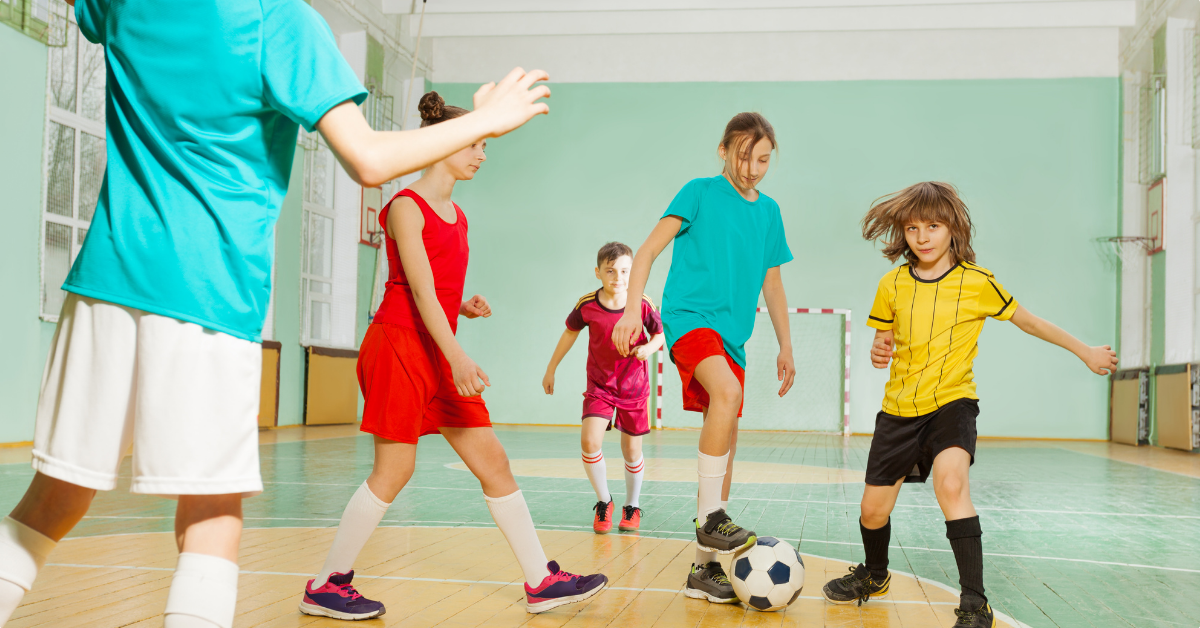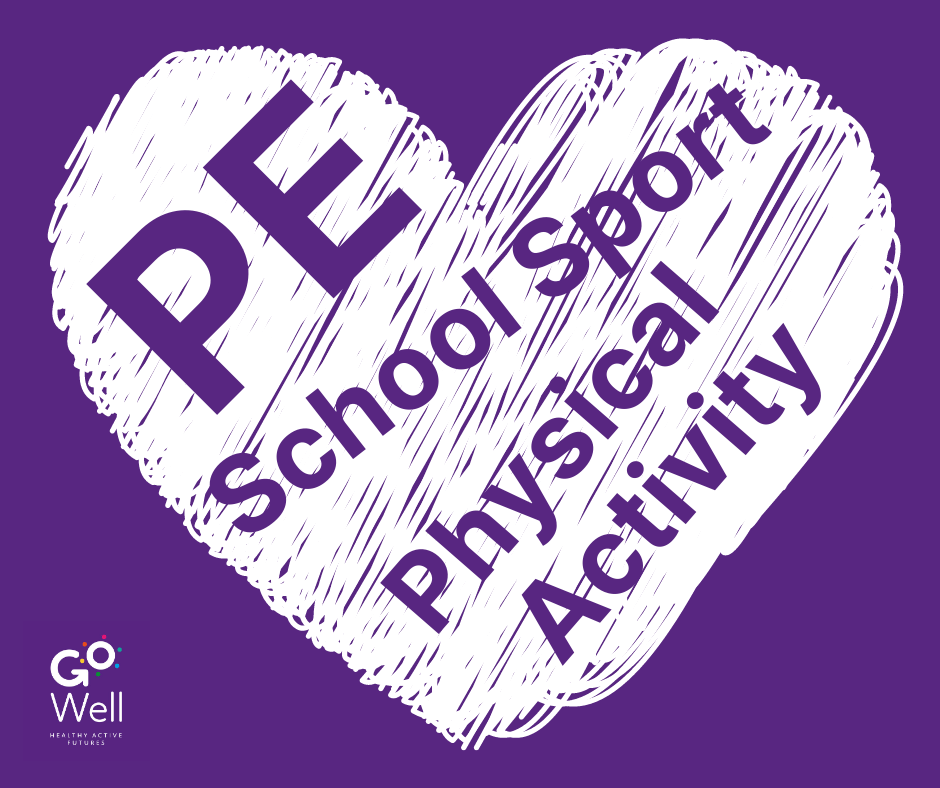What does being ‘well’ mean? Isn’t exercising regularly and eating healthily enough? Many health experts believe that true ‘wellness’ comes when several areas of our lives are in balance. Dr Hettler, who co-founded the National Wellness Institute, developed the six dimensions of wellness as a guide for us to use in order to achieve a whole and complete life.
In this, our last blog on the six dimensions of wellness, we are looking at spiritual wellness.
What is spiritual wellness?
We all need a sense that life is meaningful and that it has a purpose. Spiritual wellness is our need for a connection to something greater than ourselves. For some people, spiritual wellness comes from taking part in an organised religion; for others, it is a connection with nature or the environment, whilst for others, it comes from their passion for their vocation.
Many aspects are involved in achieving spiritual wellness – faith, beliefs, values, ethics, principles and morals. It is the most neglected of the six dimensions of wellness. However, a strong spirit is instrumental in helping us to keep going in the face of challenges. Spiritual wellness comes when you have found inner calm and peace.
When you achieve spiritual wellness, your actions will be more consistently in line with your beliefs and values, and you will be tolerant of others who hold different beliefs and values.
What are the benefits of spiritual wellness?
As well as having a connection to the world around you, there are many benefits to being spiritually well including being able to:
- Love and forgive others
- Show compassion and tolerance
- Experience joy and fulfillment
Five ways to achieve spiritual wellness:
- Volunteer in your community
- Identify what gives your life meaning and direction
- Make time for personal reflection or meditation each day
- Start a gratitude journal and intentionally give thanks each day
- Spend time outdoors

